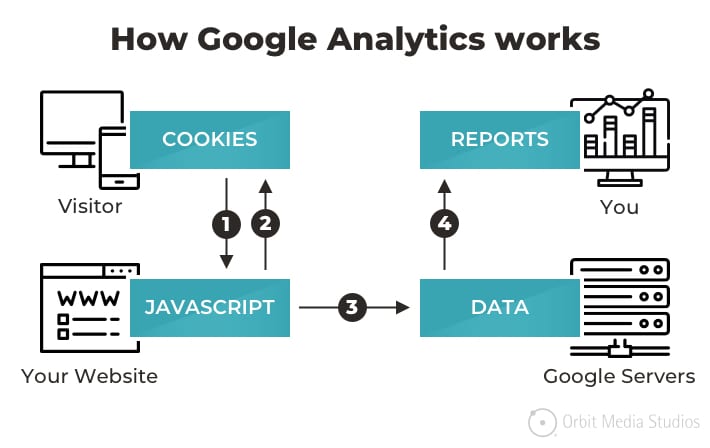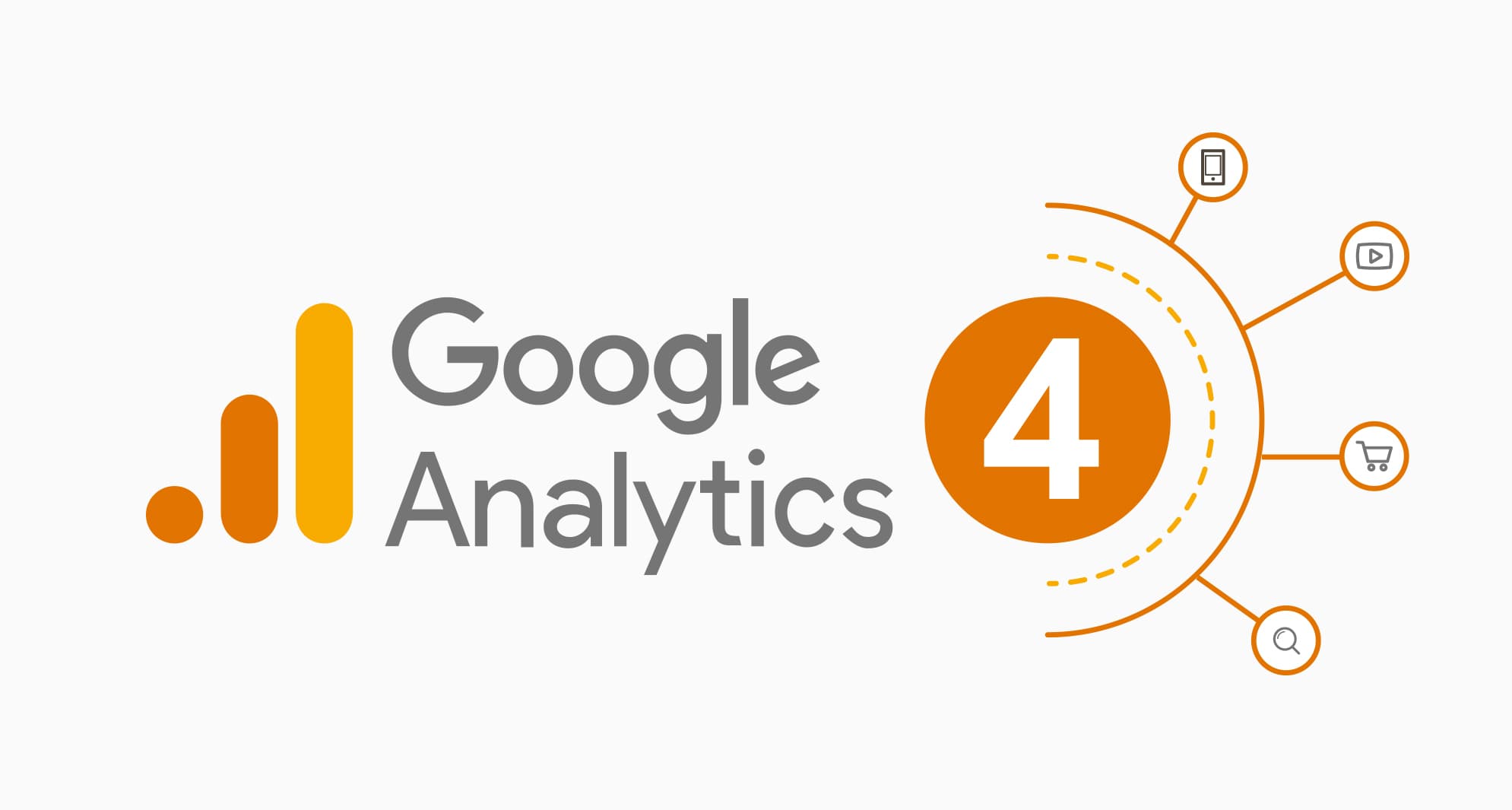Master Internet Site Insights With Accurate Google Analytics Monitoring Code
The efficient usage of Google Analytics pivots on the accurate execution of its tracking code, a fundamental step frequently forgotten by site owners. This apparently straightforward JavaScript fragment, when appropriately positioned, comes to be the foundation of data collection, supplying understandings into individual habits and website efficiency. However, challenges can emerge throughout setup, possibly skewing the data and leading to misinformed choices. Comprehending these ins and outs is essential for optimizing the advantages of analytics. What are the common challenges that could undermine your monitoring initiatives, and how can you guarantee precision in your method?
Recognizing Google Analytics Fundamentals
Google Analytics is a necessary tool for website owners and marketers, providing indispensable insights right into individual habits and internet site performance. At its core, Google Analytics collects information about site visitors to a website, enabling individuals to examine metrics such as traffic resources, user involvement, and conversion rates. Comprehending these principles is crucial for optimizing a website's effectiveness and enhancing user experience.
The platform employs cookies to track interactions, videotaping data such as web page sights, session durations, and bounce rates. This details is aggregated and presented with customizable control panels, making it possible for users to envision patterns with time. Secret performance indicators (KPIs) can be checked, such as the complete number of users, brand-new versus returning visitors, and the geographical distribution of the audience.
Furthermore, Google Analytics uses segmentation functions, permitting customers to isolate specific web traffic sources or individual demographics for even more targeted evaluation. By understanding these foundational components, website proprietors can make informed choices regarding content approach, advertising and marketing campaigns, and total site renovations. Eventually, comprehending Google Analytics essentials is important for leveraging information to drive growth and accomplish organization objectives properly.
Establishing Your Monitoring Code

Copy the given tracking code and paste it into the HTML of your site. Preferably, this code should be positioned in the header section of every page you want to track. This guarantees that the monitoring code loads before any kind of other material, enabling it to catch information accurately. There are plugins available that streamline the assimilation procedure. if you are making use of a material monitoring system (CMS) like WordPress.
After installment, verify that the monitoring code is operating correctly by using Google Tag Aide or the Real-Time records in Google Analytics - when does the google analytics tracking code send an event hit to analytics?. This action is necessary to validate that your data collection is active and exact, establishing the foundation for informative evaluation
Typical Tracking Code Issues
This may take place when the tracking code is put in the incorrect section of the web site's HTML, often leading to absent or insufficient data. Furthermore, having numerous circumstances of the monitoring code on a solitary page can result in inflated metrics, as individual interactions may be counted more than when.
One more problem occurs from using advertisement blockers, which can prevent the tracking code from performing completely, hence skewing information. when does the google analytics tracking code send an event hit to analytics?. Additionally, failing to set up filters properly can result in the exclusion of necessary website traffic sources or the inclusion of undesirable referral spam, distorting the information accumulated
Web site proprietors might also overlook the value of monitoring code updates, specifically when moving to Google Analytics 4 (GA4) from Universal Analytics. Last but not least, not enough screening prior to releasing changes can cause undetected mistakes in the monitoring code, better making complex information integrity. Addressing these usual problems is important for making certain precise monitoring and informative analytics.
Analyzing Site Information Efficiently
Accurate data collection is only the primary step in leveraging Google Analytics; the real value depends on successfully assessing that information to drive educated decision-making. To attain this, it is necessary to identify essential performance indicators (KPIs) that straighten with your business goals. Focus on metrics such as conversion rates, customer interaction, and website traffic resources, as these will give insights right into user habits and the general effectiveness of your site.
Utilizing Google Analytics' division functions allows for a deeper understanding of your target market. By damaging down data right into certain demographics, behaviors, and traffic channels, you can uncover trends and patterns that notify targeted approaches. Carrying out personalized reports and control panels can simplify this process, making it possible for quick accessibility to significant data.
In addition, regularly evaluating data patterns over time assists to determine abnormalities and opportunities for renovation. Use visualization tools to present information in a conveniently digestible style, promoting extra effective communication with stakeholders. Eventually, the capacity to evaluate internet site information properly empowers businesses to make critical decisions that boost user experience, enhance marketing efforts, and drive development.

Ideal Practices for Accurate Tracking
Implementing efficient tracking practices is essential for getting dependable data in Google Analytics. To make certain precise monitoring, begin my website by appropriately mounting the Google Analytics tracking code on every page of your web site. This can be completed via a tag manager or by directly embedding the code into the HTML.
Next, configure your Google Analytics account to exclude interior web traffic. This can be done by establishing filters that determine and remove sees from your company's IP address, consequently protecting against skewed information. Additionally, use event tracking to keep an eye on details individual communications, such as downloads or video clip plays, which conventional page sights might forget.
On a regular basis audit your monitoring configuration to confirm that all features, such as objectives and ecommerce tracking, are functioning effectively. Establish a constant identifying convention for your projects and events to help with easier coverage and evaluation.
Lastly, think about leveraging UTM criteria for projects to get understandings into the efficiency of various advertising initiatives. By adhering to these best practices, you can improve the accuracy of your information collection and evaluation, inevitably resulting in more educated decision-making for your website.
Conclusion
Exact implementation of the Google Analytics click for more info tracking code is crucial for mastering web site insights. By ensuring the monitoring code is correctly positioned and on a regular basis audited, web site owners can record vital individual interaction information, hence facilitating the recognition of crucial efficiency indicators. Reliable evaluation of this information, incorporated with adherence to ideal techniques, enables informed decision-making and the optimization of on the internet methods. Eventually, a robust monitoring structure enhances the ability to drive interaction and enhance total internet site performance.

Insufficient screening before introducing modifications can result in unnoticed errors in the monitoring code, further complicating data dependability.Executing efficient monitoring methods is important for getting trustworthy data in Google Analytics. By ensuring the monitoring code is appropriately put and frequently audited, web site owners can catch essential customer interaction information, thus promoting the identification of crucial performance indicators.